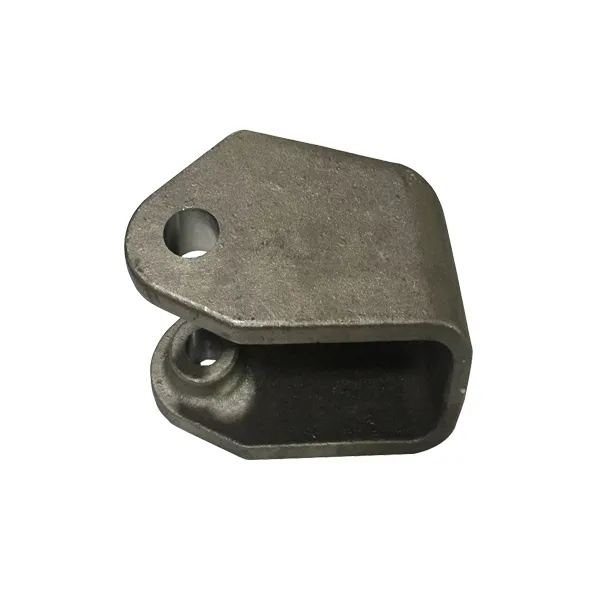
Lost Wax Casting and Lost Foam Casting are both types of casting processes that use a sacrificial pattern to create a metal part. However, there are several key differences between the two methods that make them suitable for different applications and production requirements.
In Lost Wax Casting, also known as investment casting, the sacrificial pattern is made from a tooled mould, which is typically made from a wax material. The wax pattern is then carefully carved or machined to the desired shape, and can be replicated multiple times to create multiple castings. Once the wax pattern is complete, it is coated with a refractory material, such as a ceramic slurry or stucco, to create a shell that can withstand the high temperatures of the molten metal. The wax pattern is then melted away, leaving behind a hollow mold that is filled with molten metal to create the final product.
In contrast, Lost Foam Casting, also known as Evaporative Pattern Casting or Full Mold Casting, uses a sacrificial pattern made from a foam material, such as polystyrene. The foam pattern can be carved from a solid block of foam material or created using a mould. Like Lost Wax Casting, the foam pattern is coated with a refractory material to create a shell that can withstand the high temperatures of the molten metal. However, unlike Lost Wax Casting, the foam pattern is not melted away but rather evaporates as the molten metal is poured into the mould.
One of the main differences between Lost Wax Casting and Lost Foam Casting is the material used for the sacrificial pattern. Wax patterns in Lost Wax Casting are relatively easy to carve and manipulate, making it possible to create intricate and detailed patterns. However, wax patterns can be more fragile and prone to deformation during the casting process. In contrast, foam patterns in Lost Foam Casting are more robust and can withstand higher temperatures before deforming.
Another key difference is the evaporation process of the sacrificial pattern. In Lost Wax Casting, the wax pattern is melted away using heat, which can be a slow and energy-intensive process. In contrast, the foam pattern in Lost Foam Casting evaporates rapidly as the molten metal is poured into the mould, making the process faster and more efficient.
Another important consideration is the material compatibility of the sacrificial pattern with the molten metal. In Lost Wax Casting, the wax pattern is melted away by the heat of the molten metal, which can result in the contamination of the metal with impurities from the wax. In contrast, the foam pattern in Lost Foam Casting evaporates cleanly, leaving behind little to no residue in the final product.
Lastly, the two processes differ in terms of cost and scalability. Lost Wax Casting is generally more expensive and time-consuming due to the need for intricate wax patterns and the multi-step process of creating the ceramic shell. However, it is suitable for small-scale production of high-quality, intricate parts. In contrast, Lost Foam Casting is generally more cost-effective and faster for large-scale production of simpler parts.
Lost Wax Casting and Lost Foam Casting are both casting processes that use a sacrificial pattern to create a metal part. However, they differ in terms of the material used for the pattern, the evaporation process, material compatibility, and cost and scalability. Choosing the right process depends on the specific requirements of the product being produced, including its complexity, material properties, and production volume.
